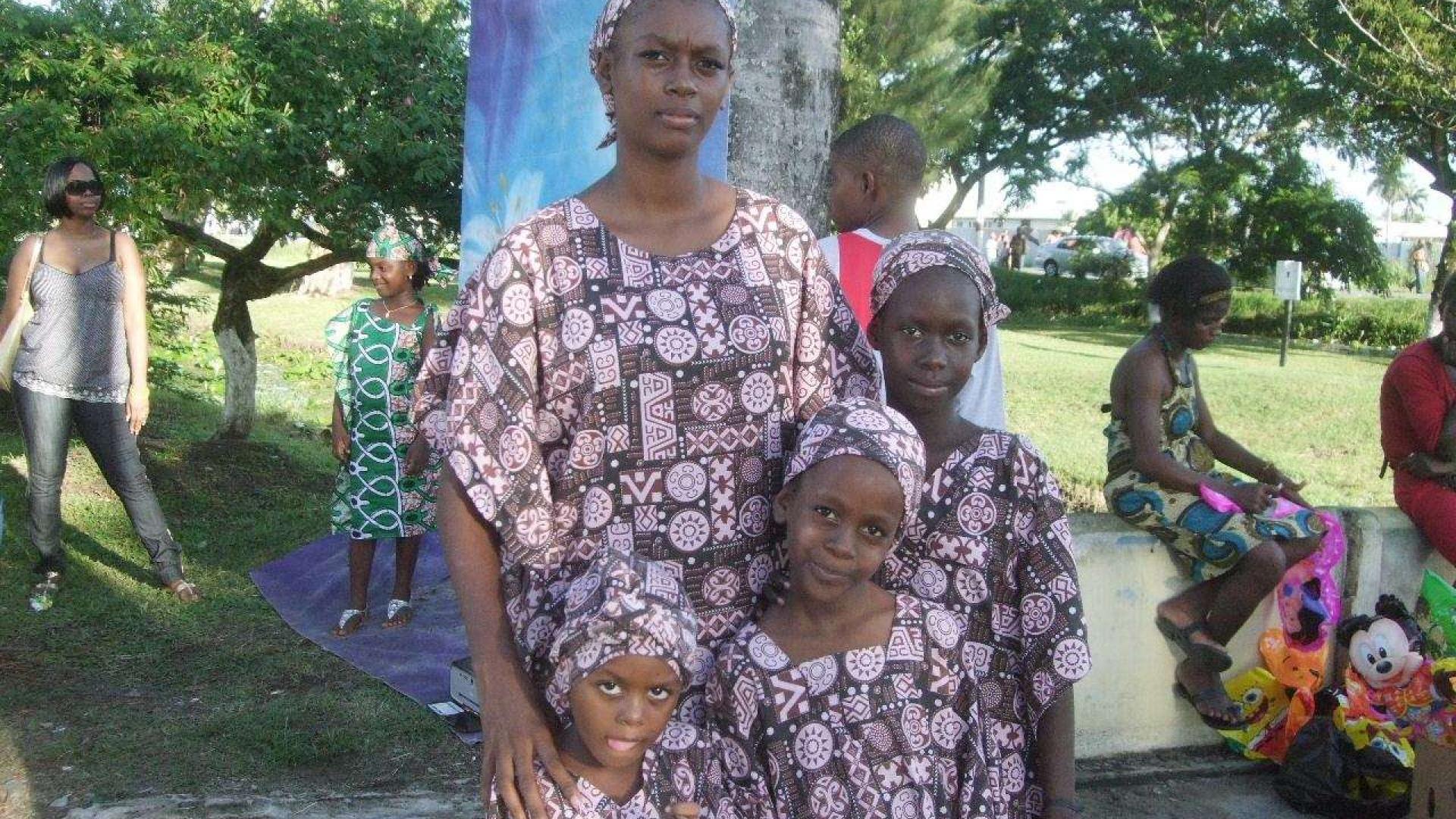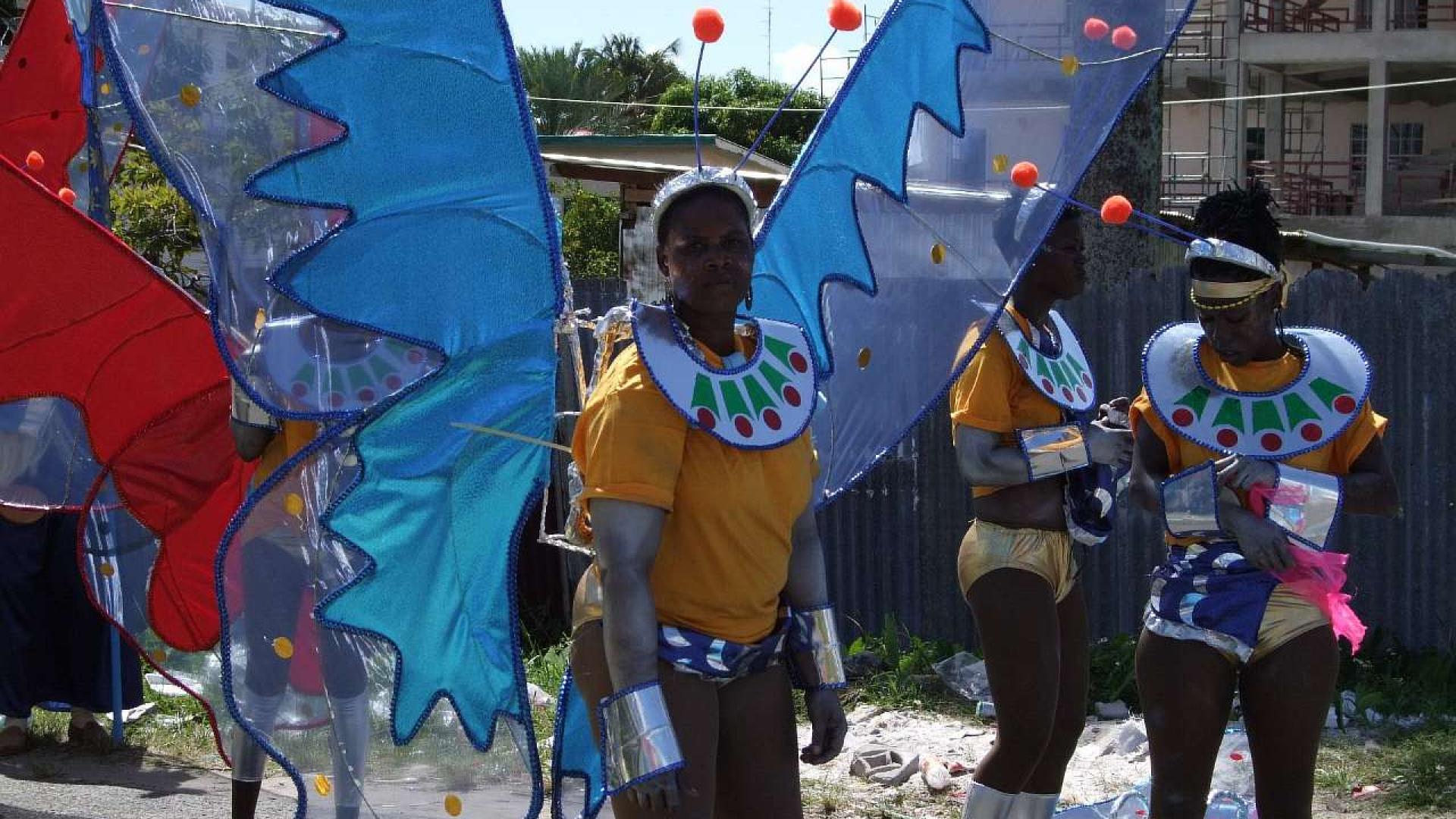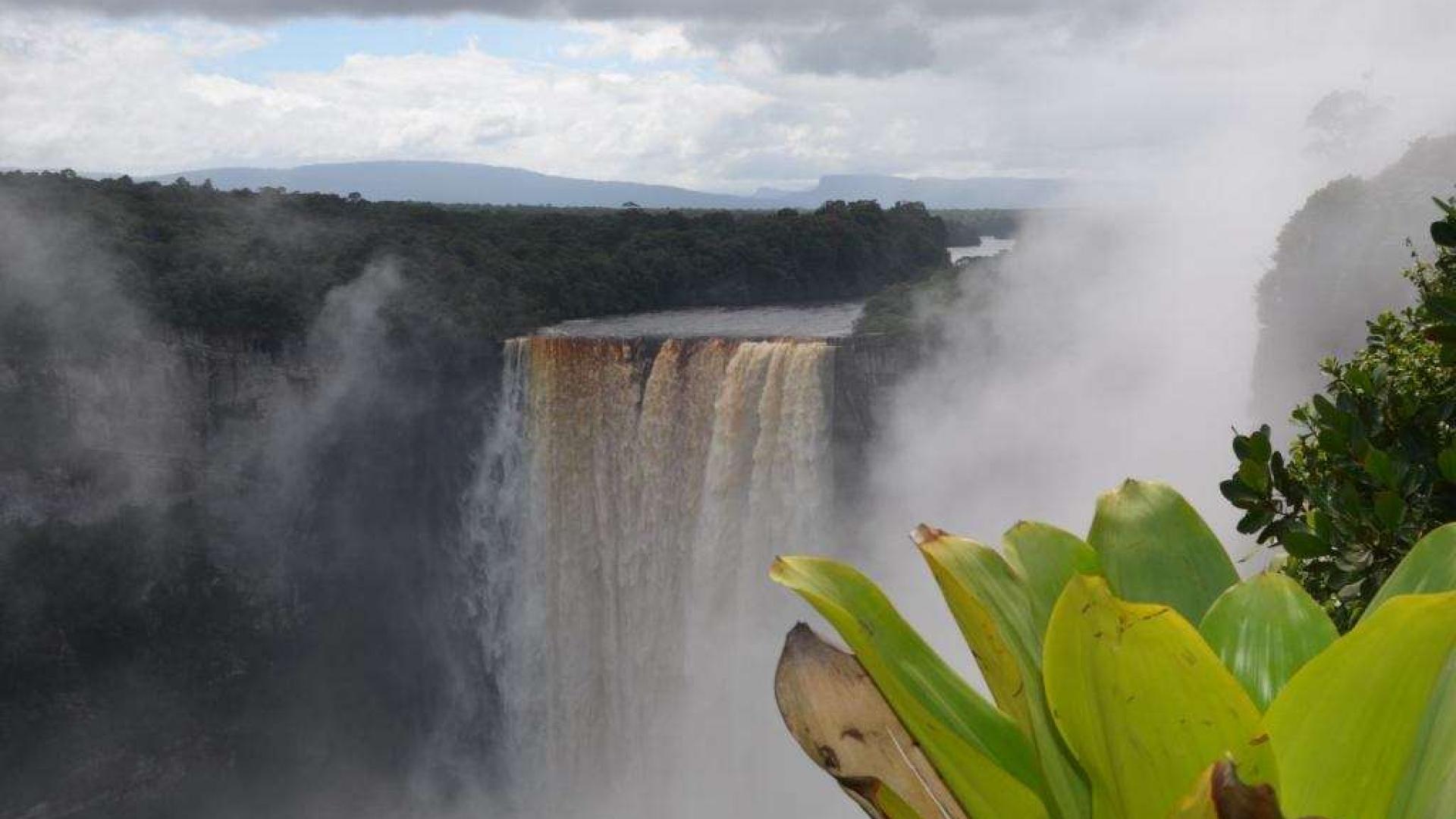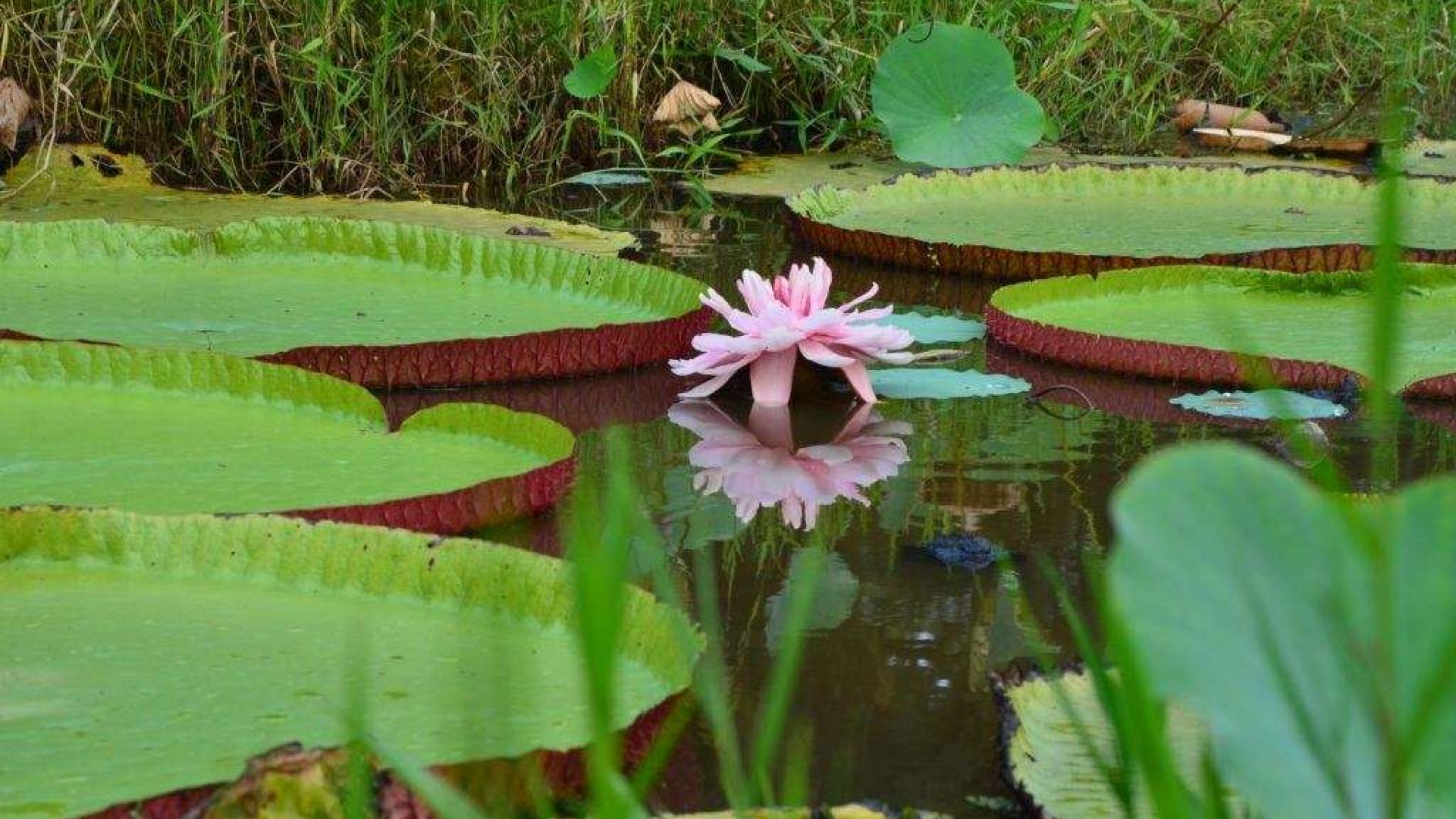The population of Guyana
Of ethnic population of South America is divided into three categories - blacks, whites and Indians.
Amazing mixture of a population of South America. Moreover, each country has its own mix of nationalities, which gives rise to the peculiarity of the modern people of the country.
Immigration to South America, narodoobrazovanie occurred in each country differently, due to historical and geographical reasons.
To date, the approximate composition of the population can describe this:
Most of the population occupy the mestizo, that is, descendants of interracial marriages in countries such as Ecuador, Paraguay, Colombia, and Venezuela.
Indians form the majority in only two countries in South America - Peru and Bolivia, Venezuela, Colombia and Brazil large part of the population is of African descent. However, while in Brazil most of the population are still descendants of Europeans, immigrants from Spain and Italy, Portugal and Germany. About 10% of Brazilians have a German origin. In addition, Brazil is home to a large number of Ukrainians, about 1 million people.
Most of the population of European origin and in Argentina and Uruguay. They are the descendants of immigrants from Spain and Italy.
In Chile, over a hundred years there was a wave of immigration from Germany, France, England, Greece and Croatia. However, about 5% of Chile's population descended from immigrants from the Middle East - Syrians, Armenians, Lebanese, Palestinians.
As the population of South America, the people of Guyana were formed by mixing of different races and nationalities.
Today the population of Guyana is distributed in a percentage:
43.5% are Hindus, 30.2% - African Americans, 16.7% - 10% of mulattos, Indians. Around 1,600 Europeans of different origins, 1400 - Chinese.
With regard to religion, such distribution:
57% Christian 23.4%, Hindu 7.3% Muslim 6.5%, 2.2% Rastaman Judaism, Baha'i 0.1%, 4.3% are atheists.
The vast majority, approximately 90% of the population live in Guyana within the narrow coastal strip, which occupies less than 5% of the country. The urban population is 37%. Largest cities of the country are on the Atlantic coast, including the capital, Georgetown (about 250 thousand inhabitants), New Amsterdam (25 thousand), and others in the area of bauxite mining in the valley formed r.Demerara conurbation with the center Linden (35 thousand . inhabitants).
The official language of Guyana English. The population also speaks Hindi, Urdu, Creole, and various Indian languages.
For the Guyanese society is characterized by stratification by ethnicity and social class, although the majority of Guyanese have lost their connection with ethnic homelands, they share a common social, historical, and work experience. But recently, the tendency for mixing nationalities.
Indians descendants of workers brought into the country in the 19th century and early 20th., Settled in rural areas and engaged in farming. In the cities there was also an influential Indian interlayer in business and in some professions.
Descendants of African slaves live mainly in urban areas. Mulattos occupy major positions in government and hold prestigious professions. Portuguese descendants of contract workers with o.Madeyra who arrived in Guyana in the 19th century. And the Chinese are engaged in trade.
Only the Indians, the indigenous inhabitants of the country, have been slow to integrate into the Guyanese society: they live in the inner regions, hunting and gathering.
Literature of Guyana developed in English. Written literature emerged in the 19th century. When the poet wrote, SK Oliver, T. Dong, E. Martin and others 1931 N. Cameron published the first anthology of poetry. At the middle and end of the 20th century. had to work poets A.Dzh.Seymura, M. Carter, E. Mittelholtsera Writers, E. Carew, E. Braithwaite, G. R. Datrona, D. Williams. Much of the literature of Guyana is close to the West Indies, but the work of TW Harris converge with the Latin American novel.
Architectural structures in Guyana wooden raznostilnye (the influence of Spanish, Dutch and English styles) - the buildings are generally one-storey high masonry piers. In Georgetown, is one of the world's largest wooden church, built in the 19th century. architect A. Blomfildom.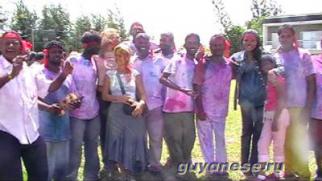
The Government of Guyana introduced a compulsory universal education for children aged 5 to 14 years-99% of the population are literate. Especially gifted adolescents receive state grants to free secondary and higher education. Education is represented by the University of Guyana (Department of art, natural and social sciences, law and medical), educational and agricultural colleges, technical institutes in Georgetown and New Amsterdam School of Economics and Carnegie Center Guyanese manufacturing training center for the youth program of the Caribbean Community.
By the way, many members of the Guyana intellectuals were educated in the Soviet Union. Including now the current president Bharat Jagdeo ..
Because of the current, slowly disappearing, yet the existing ethnic divisions, in Guyana, many national holidays. Each nationality their holidays.
For example, the Indian festival of spring hPhags, when all the dancing in the streets, hugging each other, poured and sprinkled each other's colors, meeting the spring .. (By the way, wash and could not.) Optionally, you can pour, sprinkle, and to embrace and leadership of the country: the president and prime minister. I have such a goal was not, but many enjoyed the situation. I've seen ...
But the festival Carnival Mashramani, celebrated afroGayantsami. Essentially the same meeting, the spring festival
- Log in to post comments

